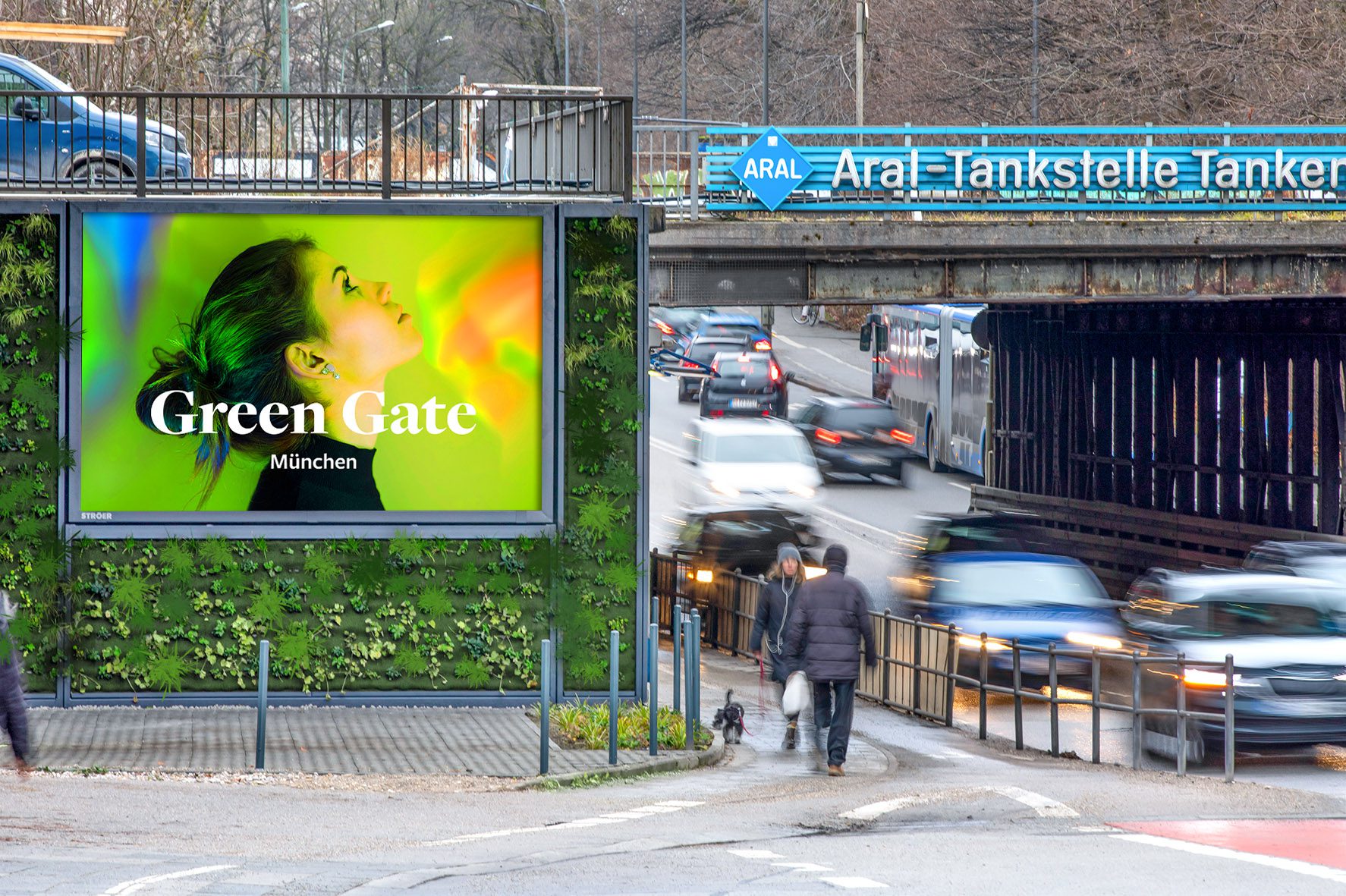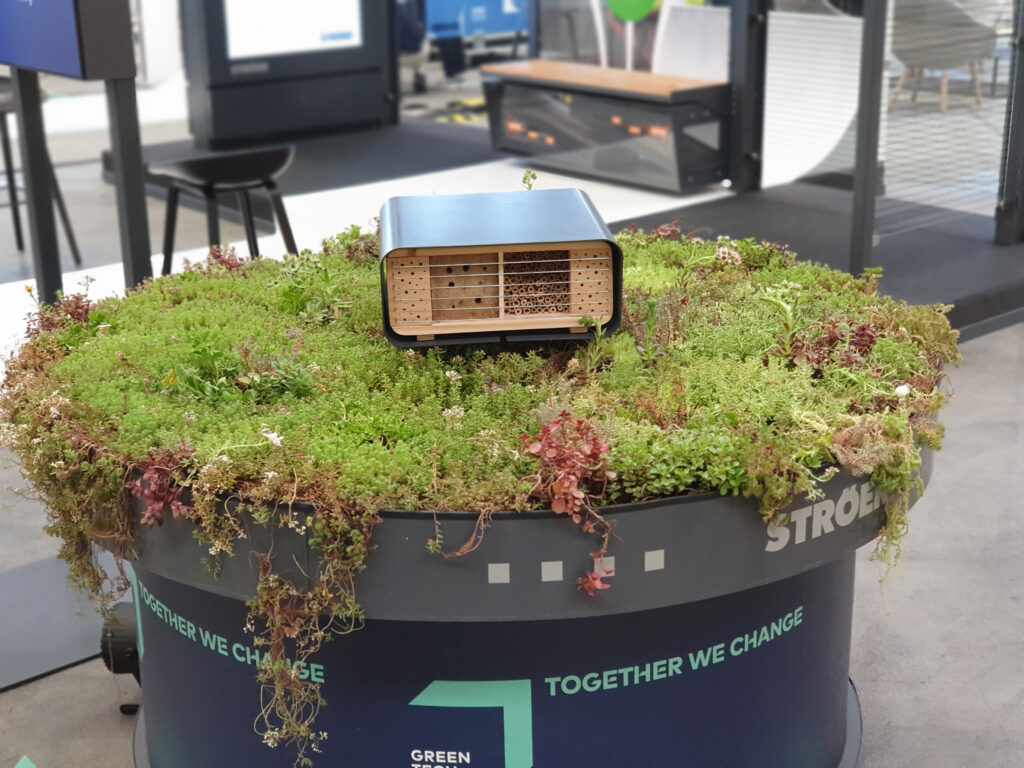
13. June 2023
Green street furniture
- sustainability
Poor air quality in our cities. A topic that concerns us all. Including Ströer. As an infrastructure provider and long-standing partner of cities and media companies, it is of particular concern to us to make a sustainable contribution to a healthier life in the city. Functional. Effective.
With its portfolio of premium assets and best-in-class carbon footprint products, Ströer has become one of the most sustainable national media marketers, particularly through the expansion of its digital portfolio. Above all, the expansion of the digital communication infrastructure goes hand in hand with Ströer's sustainability strategy. For example, Ströer is guided by the Science Based Targets initiative (SBTi) to achieve Net-Zero.
In recent years, Ströer has significantly increased the proportion of green electricity used to operate the OOH advertising infrastructure and supplies all digital out-of-home media (public video/DOOH) in Germany with 100 per cent green electricity - i.e., electricity from renewable energy sources. For 1,000 DOOH contacts, only 5 to 7 grams of CO₂ are emitted. Outdoor advertising is a "one-to-many" medium - one media carrier reaches many people at once. For other media, the emissions are many times higher. Sustainability will continue to play a growing role in society and the economy and thus low-emission communication will become increasingly important. For every advertiser who emphasises OOH or DOOH in the media mix, this means a reduction of the carbon footprint of their own advertising campaign.
In addition to the topic of energy efficiency, Ströer also deals with other topics regarding classic OOH media. Ströer's own development department is working on functional solutions for street furniture. Several projects are in the test phase or are already in the implementation phase. Most recently, for example, Ströer has greened numerous bus shelters and advertising pillars nationwide.

The greening of street furniture is an important component of the further development of the infrastructure. In the years to come, the number of green bus shelters and pillars is to be continuously increased so that a visible contribution is made to increasing the quality of life in cities. For this purpose, Ströer also offers all partners the subsequent greening of passenger shelters in order to make existing infrastructure fit for further use.
The greened street furniture serves as biological steppingstones, they are micro habitats for insects and plants. For this purpose, the passenger shelter is equipped with a drainage foam mat made of recycled material and a substrate layer of pumice stone and planted with various sedum and plant species in the spirit of biodiversity. Sedum belongs to the thick-leaf family and is also known as "stonecrop". The different species bloom at different times of the year, so that the green roof can provide food for insects until late in the autumn. Other biotope elements such as lava rocks or deadwood provide further food and nesting opportunities for various insects. The thick-fleshed leaves of sedum species store water and cool the air through evaporation. Despite water storage, the roof planting remains relatively light: at maximum water saturation, it weighs only about 50 kilograms per square metre. Furthermore, the plants can reduce air pollution by binding fine dust and CO2. Scientific studies have proven that green spaces along inner-city streets reduce air pollution by up to 30 percent.

At the beginning of 2022, Ströer greened an entire substructure of a railway bridge on the highly frequented Rosenheimer Straße in Munich for the first time. In 15 weeks of preparation, a vertical "green garden" of around 90 square metres was created, which was planted with eleven different plant species. Embedded in this are two digital screens of around 10.5 square metres, powered by green electricity, which are available to advertisers and to the City of Munich.
The greened area opens up the site of the previous bridge façade as a new green living space. Steel profiles and composite panels serve as substructures or supports, on which fleece pockets are attached as vegetation carriers for the plants. In total, there is space for around 2,240 plants on the construction, which was selected to ensure an evergreen appearance of the area and to provide food for insects. An automated irrigation system is also integrated to provide optimal care for the plants and to keep maintenance trips to a minimum. The vertical garden on Rosenheimer Straße contributes to making the bridge area a bit more liveable. An area was used which had previously been unused and which neither appealed to passers-by aesthetically nor had any particular function.




